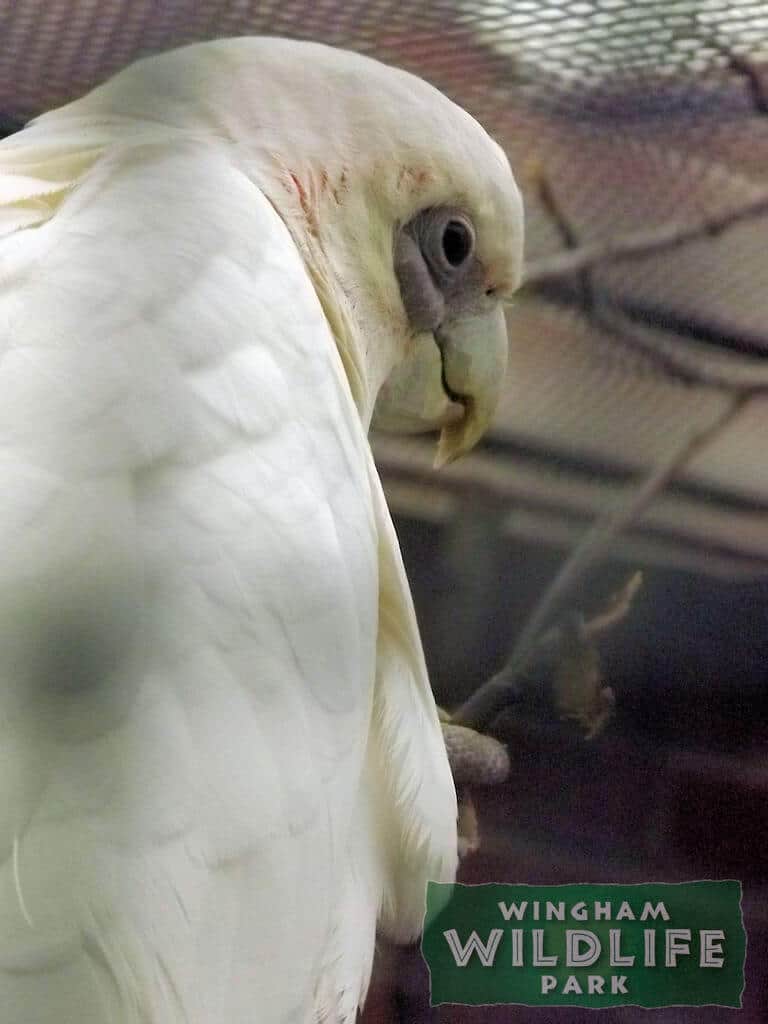
Little Corella Cockatoo Natural History
Size
These birds have an average length of between 36 cm and 39 cm and weighs anywhere from 350 g to 530 g.
Habitat and Distribution
The natural range of this bird is throughout much of Australia and Southern New Guinea. Through most of the year it can be found in almost all habitats in their range, but during the breeding season it will remain in areas abundant with food such as grass land and agricultural areas.
Age
In captivity they have been recorded to live for up to 50 and even 80 years.
Diet
In the wild, the majority of its diet is made up of seeds and grains (including farmers crops such as wheat and barley). The majority of its feeding is done from the ground.
Groups and Breeding
Little Corellas often congregate in large groups, which will not necessarily always be made up of just its own species (they will often congregate with Galah Cockatoos). After mating (the mating season varies depending on the climate in various areas of its range) the females will lay a clutch of 2 eggs, generally in a tree hollow. Eggs hatch after around 26 days.
Threats
It is very common throughout its range and as such is not considered as a threatened species. However it does face some problems such as persecution from humans in much of its range where it is considered a pest which eats farmers crops and destroys various trees which it nests and roosts on.
Interesting Facts
These birds are often also called Bare Eyed Cockatoos due to the circle of bald skin around their eyes.
Little Corella Cockatoo During Your Day Out in Kent
The Little Corella Cockatoo, Norman lives in a communal long flight enclosure which they share with other parrot species such as Citron Crested Cockatoos and Galah Cockatoos. This enclosure can be found opposite the education building and visitors can head from here to the entrance to the Tropical House in which many other bird species call home.
The more you know…
Want to know more about this animal? Check out our keeper blogs about them here.